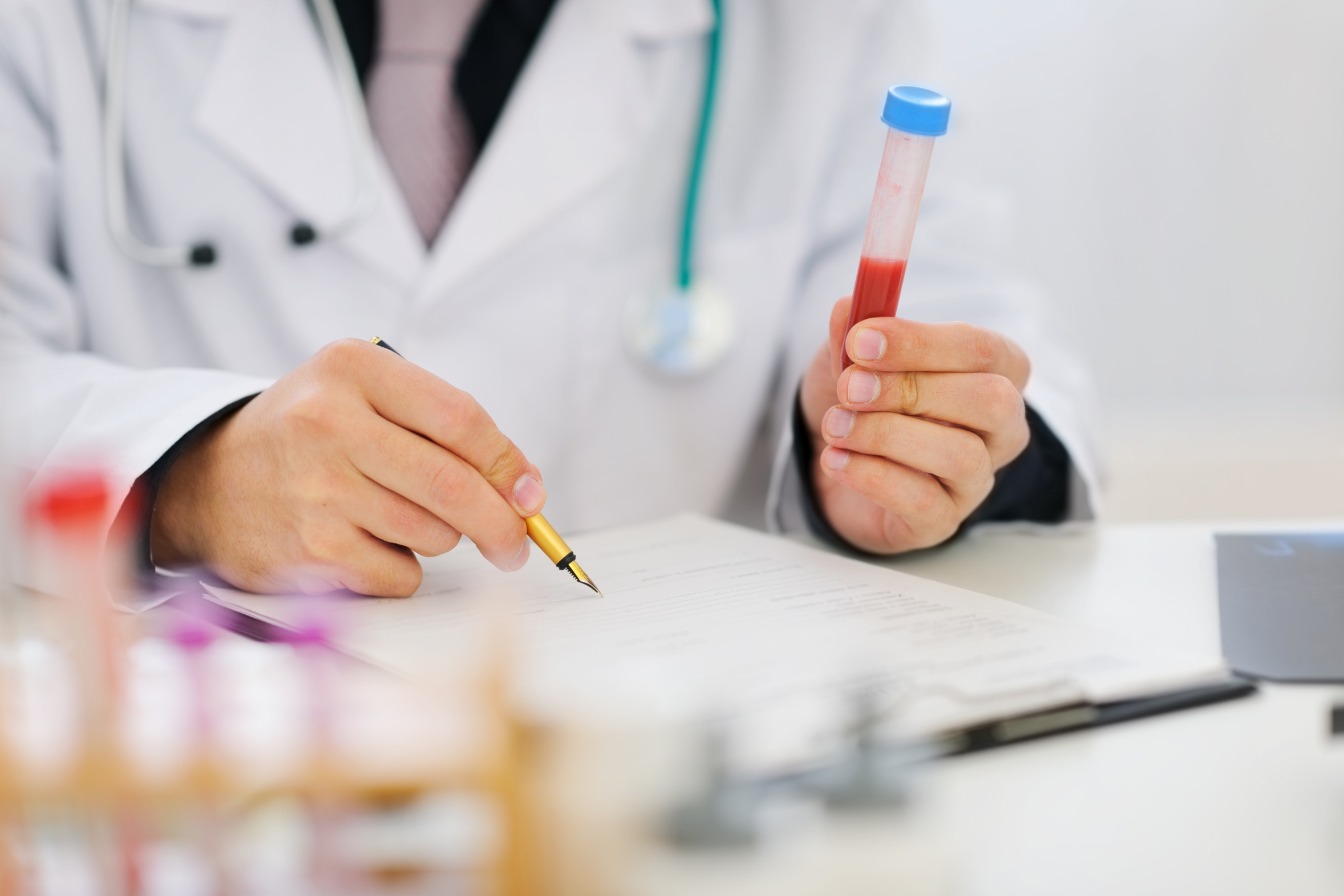Serum osmolality is a test used to measure the amount of chemicals dissolved in the serum of the blood. Different chemicals can affect serum osmolality such as chloride, sodium, sugar and proteins. Antidiuretic hormone (ADH) is a substance that influences serum osmolality.
It is quite obvious that the concentration of chemicals in your blood will increase when you don't drink enough water and continue to lose it through breathing, sweating and urinating. Your body releases ADH when serum osmolality increases to keep water from leaving your system through the urine. The ADH plays a big role in bringing your serum osmolality back to its normal levels.
Similarly, your serum osmolality will decrease when you drink too much water. Your body will stop producing enough ADH when it notices a decrease in serum osmolality. It means that you will now lose more water through urine to prevent water buildup and over-hydration. The question many people ask is, "What is normal serum osmolality?" Keep reading to find your answers.

What Is Normal Serum Osmolality?
Normal serum osmolality is 278-300 milliosmoles per kilogram of water. The range for "normal" values will change from lab to lab, but even when they have a different range, they mention it clearly on your report. You can refer to that section to check if your results fall within the "normal" range or not. Your doctor will also consider the range as well as your health and other factors to evaluate your results. It means that even if your results are outside of 278-300 mOsm/kg range, it may still be normal for you.
What If I Have Abnormal Serum Osmolality?
You may have abnormal serum osmolality because of many different reasons. Here are some of the most common underlying causes of why your results have fallen outside the normal serum osmolality range.
1. High Serum Osmolality
If your results have shown high serum osmolality, it could be due to a number of underlying medical conditions, including hyperglycemia, hypernatremia due to dehydration, diabetes insipidus, and hypernatremia due to accidental excessive sodium chloride intake.
2. Low Serum Osmolality
Just like high serum osmolality, certain conditions can also lead to lower serum osmolality. The most common conditions include hyponatremia with hypervolemia, such as congestive heart failure, cirrhosis and nephritic syndrome. It may also happen due to hyponatremia with euvolemia, such as syndrome of inappropriate antidiuretic, psychogenic polydipsia and more.
3. Osmolal Gap
It refers to the difference between measured serum osmolality and calculated serum osmolality. Used mainly as a screening test for the diagnosis of toxic alcohol ingestion, the Osmolal gap is considered in relation to the findings in your physical examination and your clinical history. Some of the most common causes of elevated Osmolal gap are renal failure, alcoholic ketoacidosis, recent mannitol administration and diabetic ketoacidosis.
In addition, you may end up getting abnormal results because of drinking too much water or eating a poor diet. Engaging in strenuous exercise and being under stress can also have an impact on your results. Certain medications as well as the illicit drug ecstasy can also lead to abnormal results.
When Is a Serum Osmolality Needed?
You may want to check if you have normal serum osmolality when you have seizures or certain problems with ADH production. Your doctor may also order this test if they suspect you're dehydrated or have diabetes insipidus. Also called vasopressin, diabetes insipidus makes your body produce insufficient amounts of ADH. You may also develop this condition when your kidneys don't respond to ADH. The most common symptoms of diabetes insipidus are very dilute urine, frequent urination, extreme thirst, and dizziness when standing.
Some doctors will order this test when they suspect you have symptoms of hyponatremia, which is a condition in which your body starts to retain excess fluid because of inadequate amount of sodium. The most common symptoms of hyponatremia are headache, fatigue, irritability, restlessness, mental confusion, seizures, spasms, cramps, nausea, muscle weakness and vomiting.
How Is a Serum Osmolality Performed?
In order to check if you have normal serum osmolality or not, you healthcare provider will take a sample of your blood. They will start by wrapping an elastic band around your upper arm, which will restrict the blood flow to the arm and make your veins to become more visible. Then they will use alcohol to clean the needle site and put a needle into your vein to draw out some blood in an attached tube. They will remove the band after they have collected enough blood and remove the needle carefully while putting a cotton ball of the needle site. They sometimes put on a bandage on the site if required.
In some cases, your doctor will order a urine osmolality test along with a blood osmolality test to help determine the exact cause of osmolality problems. They may also order ADH test to measure how much ADH is in your blood along with an ADH suppression test to find the underlying problems with ADH.
